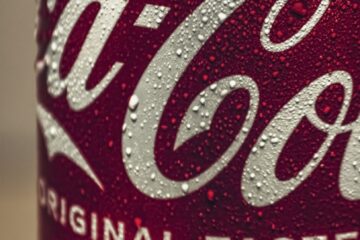It was one of several technology issues facing the Secret Service on 13 July due to either malfunction, improper deployment or the Secret Service opting not to utilize them. The Secret Service had also previously rejected requests from the Trump campaign for more resources over the past two years. The use of a surveillance drone was turned down by the Secret Service at the rally site and the agency also did not bring in a system to boost the signals of agents’ devices as the area had poor cell service. And a system to detect drone use in the area by others did not work, according to the report in the New York Times, due to the communications network in the area being overwhelmed by the number of people gathered at the rally. The federal agency did not use technology it had to bolster their communications system. The shooter flew his own drone over the site for 11 minutes without being detected, about two hours before Trump appeared at the rally. Ronald Rowe Jr, the acting Secret Service director, said it never utilized the technological tools that could have spotted the shooter beforehand.
A former Secret Service officer also told the New York Times he “resigned in 2017 over frustration with the agency’s delays in evaluating new technology and getting clearance and funding to obtain it and then train officers on it,” notes The Guardian. Furthermore, the Secret Service failed to record communications between federal and local law enforcement at the rally.


